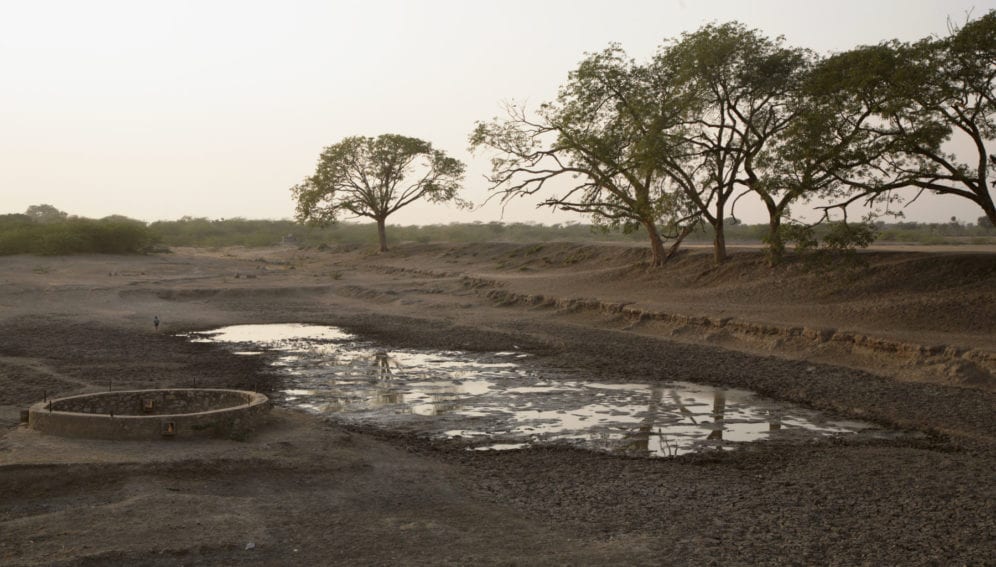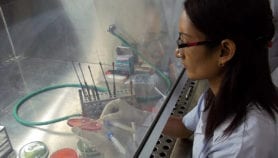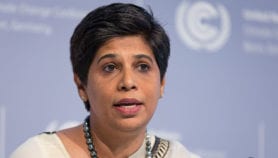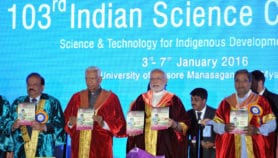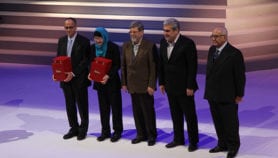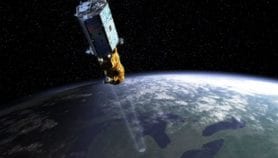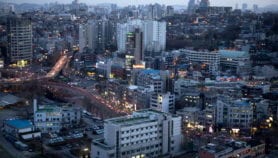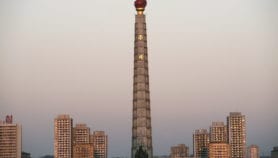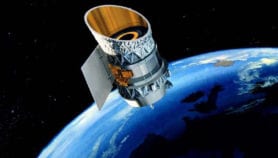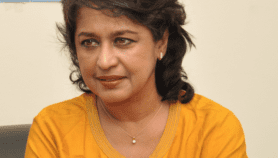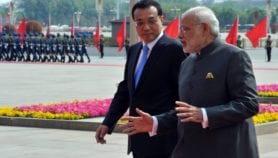By: Archita Bhatta
Send to a friend
The details you provide on this page will not be used to send unsolicited email, and will not be sold to a 3rd party. See privacy policy.
Rajeevan Madhavan Nair, the new secretary in India’s ministry of earth sciences, shares with SciDev.Net plans to improve monsoon forecasting which is vital for agriculture on the sub-continent. He is confident that with increases computation power, using petaflop computers, predictions would be possible for every four kilometres.
By the end of 2016 India will have its own climate assessment model, enabling the country to participate in the next Inter-governmental Panel on Climate Change (IPCC) assessment (sixth assessment) by contributing its own model simulations and results. India will also be capable of generating high resolution climate change scenarios for the entire South Asian region, he says.
You have headed India’s ‘monsoon mission’ — any changes envisaged?
The monsoon mission which we started in 2012 yielded significant results. We are now capable of generating dynamical model forecasts for short range to seasonal time-scales. We are hopeful of making these models operational by next year through the Indian Meteorological Department. The present initiative is only on southwest monsoon season (June to September).
Our next focus will be to generate forecasts for extreme weather and climate events (like heavy rainfall, heat waves and urban flooding) to expand the scope to other seasons (northeast monsoon and winter precipitation).
What are the weak areas that you would address on priority basis to create an early impact?
To improve the quality and scope of our services in the areas in which we work, we need to improve our observational network (for the whole Earth System), not only in quantity but also in quality. Besides, we need to improve the models for which one of the main concerns is shortage of trained manpower. So, we need to focus on that. We will increase that capacity at the Centre for Advanced Training in Earth System Science at Pune and send some selected people for further training abroad. Besides, we will set up scholarships and other systems to attract Indian scientists working abroad back home, so that they can contribute with their experience and expertise.
Besides, we will make use of increased computation power (several teraflop machines have been upgraded to petaflops, increasing their power by 1000 times) to increase model resolution from 25 kilometres to four kilometres, thus resulting in a prediction for every four kilometres.
What are your targets for the next three years?
India will have its own climate assessment model by the year-end, and with this we will be participating in the next IPCC assessment for the first time by contributing our own model simulations and results. We are also generating high- resolution climate change scenarios for the South Asian region, which will be helpful for other ministries and academicians to make assessment of climate change impacts on various sectors like agriculture, water resources and health. The IPCC report generally covers the global aspects and not detailed regional aspects. To complement this, we will soon bring out a comprehensive assessment of how our climate changed in the past and how it will change in future, focusing more on our region.
Besides this, we will be focusing on providing weather and climate services for the Himalayan region and states, exploration of energy from thermal gradient of the oceans, prediction of extreme weather events and development of indigenous atmospheric and ocean technology.
India has been weak in modelling. What is necessary to improve that?
That is true. We are weak in modelling, but the trend is changing fast. We have borrowed good models from abroad, but are working to improve them by changing some of the physics and improving data assimilation methods. We are now training our young scientists to work on modelling aspects by conducting training courses and also deputing abroad. We now have good computing facilities, but we need to accelerate our work on modelling. Ideally, we should have our own mathematical models.
Our ministry is responsible for science of climate change, but other issues like impact assessments and other policy issues are dealt by the ministry of environment and forests and climate change. We have set up a centre for climate change in Pune. It has done some excellent work and is on the brink of developing an Earth System Model.
What other areas have been neglected and need extra focus?
Apart from the atmosphere we will now focus on the oceans. Enhancing the scope of ocean services and ocean exploration of minerals and ocean energy will be the areas of work. We have plans to explore deep oceans for minerals and generate ocean energy (especially thermal) in collaboration with some of international agencies.
How do you plan to bring about deeper association between earth sciences and industry?
We are now taking a lot of initiatives in teaming up with the Indian industries for developing and manufacturing based on atmospheric and oceanic technologies. Recently, the ministry collaborated with the National Aerospace Lab to develop instruments for measuring visibility at the airports. The “Dhristi” made by NAL costs around US$ 25,000 as compared to US$ 87,000 when imported. This is a good example, but we need to enhance the scope of manufacturing many more scientific instruments in India.
How will your ministry associate with national initiatives like the Start up India Initiative and the Swatch Bharat Abhiyan (Clean India Movement)?
For Swatch Bharat Abhiyan, we are contributing in assessing air quality and monitoring pollution levels at different cities. With the Smart Cities initiative, we would like to contribute in monitoring the air-quality levels. Another area of interest is marine and coastal pollution for which we have some plans of monitoring and then developing prediction schemes for coastal pollution.
As far as Start up India Initiative is concerned, we would encourage young talent from earth sciences ventures to offer our services wide and in a customised manner to sectors like agriculture, tourism, power and sports. For example, we have so far been able to reach only 24 per cent of the farmers with predictions. So, I see a lot of scope in such entrepreneurships.
How is the ministry using international expertise to upgrade technology, services in India?
We have been always using international expertise in many of our activities including upgrading technology, which we will continue. We have many useful MoUs with developed countries like the US on climate, the UK on water-cycle, health, pollution and monsoon, Germany on monsoons. Nationally, we are tying up with the department of biotechnology for setting up marine institutes and with CSIR for commercialisation of technology.
What are the major achievements of the ministry in last 10 years?
During last 10 years, we have strengthened the atmospheric and oceanic observational network including expanding the Doppler Weather Radar network, implemented a dynamical framework based on the state-of-the-art mathematical models for short range to seasonal forecasts through high-performance computing facility (HPC) with more than 1 petaflop speed. These have helped us generate our own climate predictions including El Niño assessments based on these advanced dynamical models and improved our forecasts including cyclone forecasts thereby bringing about a significant change in the public perception of weather forecasts.


